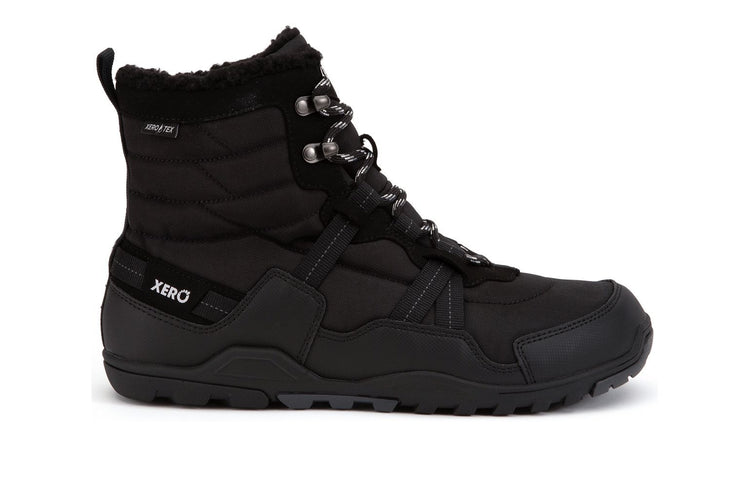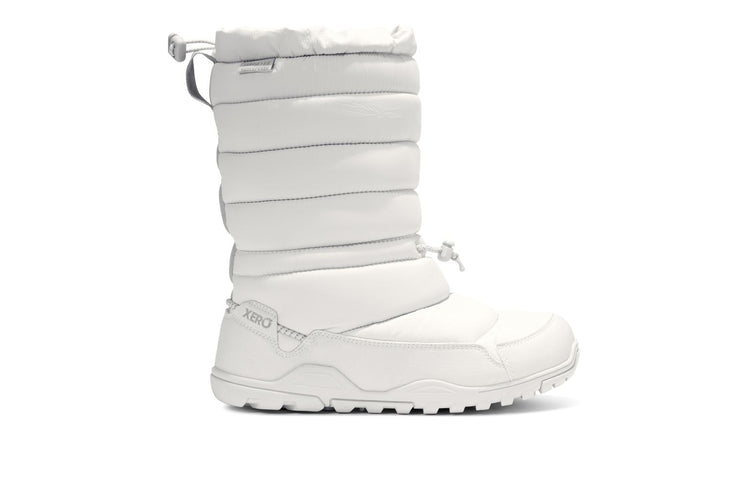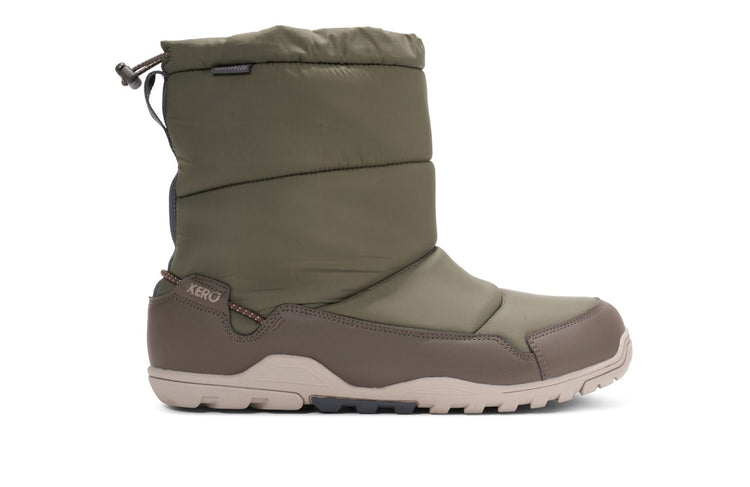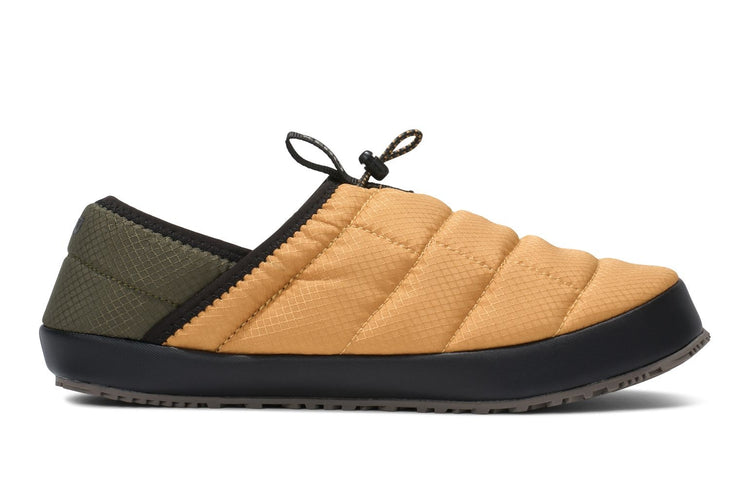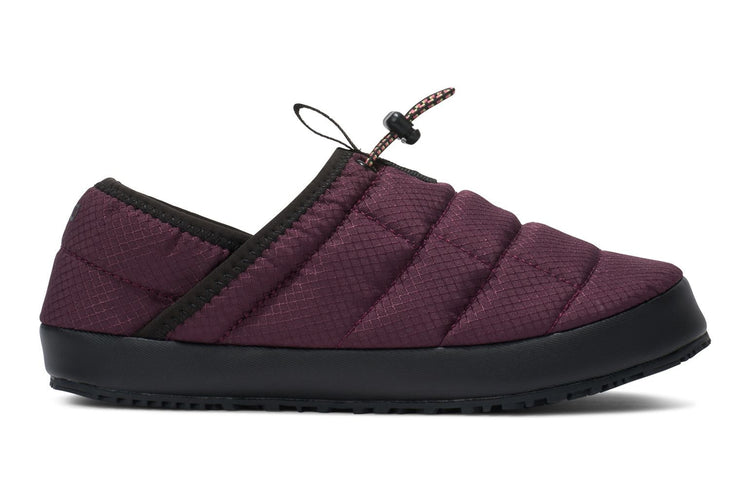latest News
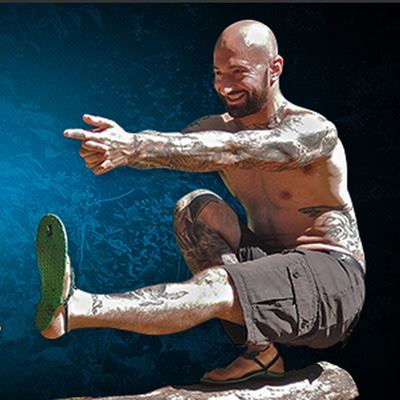
Fitness Guru Al Kavadlo chats with Xero Shoes
I met (online) Al Kavadlo over 3 years ago and was really impressed with what he was teaching and how well he practiced what he preached. Al has been a big fan of Xero Shoes, sending us photos of him running through the streets of New York, across the Brooklyn Bridge, and performing all manner of impressive bodyweight exercises in his Xeros. Al is a master of body weight training and has put together some of the best coaching I've seen on that topic... something that we both agree every runner could benefit from. We got together thanks to Google Hangouts to have a chat. We didn't have an agenda, and didn't prepare anything in advance, and I'm sure you'll enjoy watching this conversation with Al that includes: Strength training without equipment Best strengthening exercises for runners The link between barefoot running and bodyweight exercise Can you go barefoot in New York? REALLY? A new way to bring fun -- and fitness -- into your running ... and a lot more Let us know what you think in the comments below. And check out Al's fitness products: Pushing The Limits -- one of the best books on the essential bodyweight exercises I've ever seen. Great photos, and not just because so many of them feature Xero Shoes! Raising The Bar -- everything you can do with a pull-up bar (it's a LOT). If you're more visual, then check out the Raising the Bar DVD. Progressive Calisthenics Workshop -- based on the principles in Convict Conditioning, a classic in the bodyweight strength game.
Dan Lieberman on Running Form
Harvard's Daniel Lieberman is one of the stars in Chris McDougall's book, Born To Run. In the book, Chris describes Dr. Lieberman's anthropological theory that humans ability to run long distances (while maintaining their body temperature) allowed us to chase down animals that, for short distances, are much faster than we are. He also details Lieberman's research into running mechanics and running form, including the famous study that demonstrated how barefoot running puts less force through your joints and can be better/safer for you.Well, thanks to Pete Larson at www.runblogger.com (who turned me onto the following video), and thanks to Tuck at http://yelling-stop.blogspot.com/ (from whom Pete found it), I'm happy to share this video of Dan sharing his top 5 tips for better running.All I would add (and I'm about to release something that describes this) is that "Don't overdo it" isn't a useful message, because the only way you know if you've over-done it, is when you've done too much and it's over! ;-)In other words, better to come up with a plan for what you ARE going to do, rather than make an admonition about what you shouldn't do, since us humans are as bad at following "don't do this" rules as we may be as good at chasing down an antelope.
4 Reasons NOT to Run Barefoot
[This post is guest-authored by our friend Rob Raux from www.shodless.com]Being barefoot and running barefoot is a blissful and consciousness-expanding endeavor. The feedback supplied from the ground is powerful enough to force even experienced runners to try it for only a mile or so, if they make it that far. Barefoot running, however wonderful, should not be subscribed to dogmatically.There are myriad resources available expounding on the benefits of being barefoot. Most of their reasons, methods, and warnings have merit. Unfortunately many of them sway to heavily towards the one-size-fits-all solution.Experiencing life unshod isn’t always the best option. Putting on a pair of huaraches or other minimalist shoes can serve a number of beneficial purposes: Technical Trail Running. Many people worry that the rocks, twigs, and roots on a trail make barefoot trail running impossible. Not true. First, you use your eyes and avoid what worries you. Second, your feet aren't rigid and can grab and grip and mold around many "obstacles."That said, while there’s nothing better than feeling the grass beneath your feet, having your heel land on an embedded rock leaves something to be desired. To be more specific, it could leave behind a bruise that will take at least a week to heal.That doesn’t include the chance of damaging the fatty tissue which protects your heel bone from impacting the ground. If any of this sounds painful, trust me, it’s worse than you’re picturing.A trail has hazards which you may not wish to risk if you're still an inexperienced barefooter. When a single false step means a week of no running, it’s just not worth it to be ideological about keeping yourself unshod. Additional mileage Your body may be able to take additional mileage, but the bottoms of your feet may not be ready to support it yet barefoot. Now, if you're looking to become a better barefoot runner, this is good news -- when your skin tells you to stop... STOP! Over time it'll adapt (not callous) and you'll be able to put in more miles.Until then, there’s nothing wrong with protecting your precious footsies, but only if you know your form is correct. If you are transitioning from shoes to barefoot and have yet to perfect the change from heel strike to mid foot strike or a forefoot strike, don’t ask for trouble by adding more miles in a minimalist shoe. You’ll find yourself injured promptly and thoroughly.If you are comfortable in your stride, you will find that your feet hit a natural point where further barefoot running may only lead to blisters (that usually means your form has broken down and you're pulling/pushing the ground, instead of placing/lifting). In these cases, adding a protective covering will give you the opportunity to add those additional miles you crave. Racing A foot covering increases your margin for error while running. Proponents of barefoot running tout the pain feedback loop as a beneficial aspect. Any foot covering blocks the pain receptors, which allow you to cause more damage to your body.In a race, this can be a necessary evil. A reduced pain feedback loop allows you to run a longer duration of more intensity. The covering may also absorb some of the mistakes you may have made barefoot (stepping on that rock in your mental fatigue).There’s obviously a very fine line to be ridden here, and one that you can certainly go too far with. Go with the least amount of covering possible and you should be able to dampen and absorb just the minimal amount of error to improve your results.I'd love to say, "If you're not comfortable running that distance, don't race that distance." But I know how some of us... I mean, YOU... can be ;-) The bitter cold Mother nature yields to no man. Don’t even think about getting the best of father winter.If you live in a climate that has a true winter, you know what frostbite feels like. Now try running barefoot.Amazingly, there are folks who do it, and enjoy it. And check out Steven shoveling snow in his huaraches. Frankly, I’ve tried it and even I think that’s crazy. Most people are going to need something to keep their feet protected from the elements (wind, snow, slush, etc.). Each person has a different tolerance, which will adapt as they get more comfortable with the colder weather.When dealing with the elements it’s best to be safer than pull up limp 3 miles from your house and walk the rest of the way home. The content of this post does not constitute and is not intended to be a substitute for professional medical advice, diagnosis or treatment. Always seek the advice of a physician or other qualified health provider with any questions or concerns you may have about your health or a medical condition.
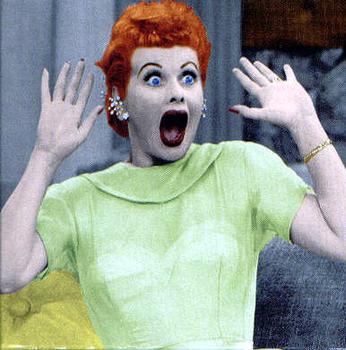
How NOT to start barefoot running
I was on a panel discussion about barefoot running a while back. At one point, someone in the audience asked, So how do I transition to barefoot running? NOTE -- even if you're not a runner, this story is still relevant and important for you... okay, back to the story... Before I could respond, a well-respected physical therapist suggested the following: “First, switch to a slightly lower-heeled shoe than what you have. Run in that for a few months. Then switch to a racing flat, maybe one day a week for a while… then add an extra day every month, until you can run in those. Then maybe try something like Vibrams on a soft surface, like grass in a park. Work up to being able to run on the grass… then try a soft dirt path. Eventually you may be able to run on hard surfaces, but don’t do that too often. And I don’t recommend being totally barefoot because you could step on something.” The only reason I didn’t interrupt him was that I was in shock! I had never heard anything so insane in my life. Until he he tossed out his next bit of barefoot running advice: “Expect to spend about 2 to 3 years making the transition. That’s how long I’ve been doing it and I’m still not there.” That's when my shock gave way to action, and I took off the politeness gloves. “Hold on,” I said, “this is completely upside down and wrong!” Danny Abshire from Newton jumped in as well, “Right, that’s backwards.” I’ll tell you what Danny and I proposed, instead, in just a moment. But first, let’s back up to the question that started it all. "How do you transition to barefoot running!?" The idea built into the question itself seems to make sense. If you’re wearing a motion-controlled shoe with a 3″ heel and a $400 orthotic, it seems logical that you need to slowly wean yourself from all that support. It seems clear that you would need to get comfortable in a lower and lower heel until you’re ready for barefoot. But as we've already seen in the previous days of this course, things are not always as they seem. Here’s the bottom line: There is nothing that “prepares” you for being barefoot. Nothing. Not “zero-drop” shoes (where your heel is at the same height as the ball of your foot). Not Vibrams. Not a thinner insole. Not even Xero Shoes (more about those in a second). Anything that you put on your feet will change either your stride and biomechanics, or the amount of sensation you’re feeling in your feet (or both) compared to being barefoot. So once you take off your shoes, or fully feel the ground, you’ll need to learn to move differently. Here’s where some people stop reading what I’m saying and respond with two arguments (to points I’m not making). First, they’ll say, “Oh, so you’re some sort of barefoot purist! Who are you to tell me what to wear or not wear?” To be clear, I’m not telling anyone what to wear and I’m not saying barefoot is the only way to be. Admittedly, the majority of my time I am in Xero Shoes, but not always (more about when I'm not, and when you shouldn't be in an upcoming lesson). This article is about the myth of “transitioning” to barefoot running, not about your footwear, or lack thereof. Secondly, people will say, “Yes, but switching to a racing flat or zero-drop shoe will give your Achilles time to stretch and strengthen, and that better prepares you for being barefoot.” To them I say, “Not always. And for almost everyone, your Achilles has more than enough stretch. And, even if it were true that you needed to stretch your Achilles, there’s a better way than spending 2-3 years to make that happen.” Keep in mind that the biggest reason for going totally barefoot is that feeling the ground with your skin gives you the most feedback about your form. Feedback that, if you attend to it, can inspire you to change your gait to something more efficient, easy, and natural. Running in Xero Shoes is, really, the same... if they covered everywhere you stepped in 4-6mm of flexible rubber. All the other shoes I've tested reduce the amount of ground sensation you feel so that you don't get the feedback you need to adjust your gait. I’ve seen hundreds of people in VFFs or racing flats who still heel strike or have some other gait pattern where they aren’t getting much if any extra “Achilles strengthening and stretching”. So, what’s the better way to “transition” that Danny and I chimed in with? Take off your shoes (or put on your Xero Shoes), find the hardest and smoothest surface you can find (like a bike path or street) and run. But only do it for about 200 yards. See how you feel the next day. You may be sore, you may be fine. If you’re sore, wait until you’re not. Then go try again, and add 100 or 200 yards. Repeat. I think of this as the “Shampoo method” of barefoot running. Instead of “Lather, Rinse, Repeat,” it’s run a little, rest, repeat (and run a little more). Keep in mind, there are two types of soreness. One is from using muscles you haven’t used in a while, or using them in a way you haven’t used in a while (if ever), or using them a bit more than usual. The other is from doing something wrong. Like doing way too much distance (which part of 200 yards was confusing to you?), or trying to stay on your toes without letting your heels ever touch the ground (Not necessary… land mid- or forefoot, but your heel can touch down. No need to do 200 yards of calf raises). In other words, a little soreness is probably normal. A lot of soreness is telling you to try something different. And this idea that you need to be on soft surfaces. Completely wrong. And wrong for the same reason that you don’t want to be in cushy running shoes. Give yourself a soft surface and the odds are good you’ll heel-strike. Plus, soft surfaces don’t give you the feedback you want, the kind that can help you quickly learn a new and better way to run. I’ve seen barefoot runners who’ve only run on grass, and they usually look like shod runners who lost their shoes. Instead of thinking that you can work your way to barefoot or huaraches slowly, go there immediately. But work your way up in time/distance slowly. All the strengthening that you want to do before you run barefoot, you’ll get that faster by running barefoot. All the stretching you need (if, in fact, you need any), you'll get that by building up your distance, slowly. To misquote Yoda’s famous “There is no try. Only do.” There is no transition, only run (or walk, as the case may be). Oh, and in the next lesson, I'll share some of the most important tips about exactly HOW to run barefoot, including some suggestions that, frankly, I never wanted to share with anyone... shhhhh. Let me know what you think. Put in your comments, below. The content of this post does not constitute and is not intended to be a substitute for professional medical advice, diagnosis or treatment. Always seek the advice of a physician or other qualified health provider with any questions or concerns you may have about your health or a medical condition.
Barefoot Jason does it again (but in style, this time)
Barefoot Jason Robillard has done it again, running 2/3 of a 100 mile race in his Xero Shoes.But this time, he's got some extra fashion sense added:Now, some of you may know that I'm a sprinter. In fact, I ran "long-distance" at a meet last week when I did my first 200m race (and, for the sake of bragging, even though I totally lost it at the end, my time of 25.7 ain't bad for a 48 year old... I think I can get below 24 with a bit of work).So, to read Jason's great post about training for and running an ultra was just amazing to me.Enjoy it here: Burning River 100 mile Endurance Race Report by Jason Robillard
Getting started with barefoot running
Imagine that you haven't lifted weights in a while... or ever.And imagine that you got the idea that you wanted to bench press 500 pounds.Would you go to the gym, put 500 pounds on the bar, and just go for it?Of course not. There's no way you could budge 500 on day one.Would you go to the gym and put, say, 100 pounds on the bar and lift it, over and over, until you felt tired... and then do a few more reps until you were wasted?I hope not.Would you take a small weight, like 20 pounds, and lift it for an hour or two?Boy, I wouldn't.But for some reason people think they can get into barefoot running with one of those plans.They think they can just whip off their shoes and replace one of their regular runs with a barefoot run. Or, worse, they think that even if they haven't run for a decade, it'll be fine to go for a 5 mile barefoot run. Or they get out for a barefoot run, feel some strain or pain in their feet or calves and think, "Oh, I'll just work through this, it'll be fine."And they pay the price.They wake up with freakishly sore calves or Achilles tendons. They get blisters. They get plantar faciitis. They get stress fractures.Look, over-training is over-training. Doing too much is doing too much.Especially with barefoot running, TAKE YOUR TIME. There's no rush to get to the point where you're running an ultramarathon every day for 1000 days in your bare feet. And there's no way to rush building up the strength in your muscles and ligaments and tendons, or to develop correct and efficient form.It happens as it happens. No sooner, no later.How long that'll be is a mystery. Maybe it only takes you a week or a month. Maybe it takes you a year.Who cares?First of all, it's not all-or-nothing. It's not like you won't be able to be barefoot and then, BAM, 6 months from now you can! It's a process. Maybe today you can only run 100 yards and then need to ice your feet for 3 days. That's fine. In a month, guaranteed, you'll be doing more. And a month after that, you'll be doing even more.Secondly, nobody is telling you to throw away your shoes the moment you realize you want to become a barefoot runner. Keep your shoes. Enjoy your shoes. And look forward to when you don't want or need them.But, please, give yourself time -- the amount of time that YOU need -- to make the transition.Honestly, there's enough to learn and experience and benefit from if all you ever do is an occasional 1 minute jog without shoes.I hate to toss out "prescriptions for living," but in this case I can't think of any better way to say it than, "Enjoy the journey... because there isn't really a goal."The content of this post does not constitute and is not intended to be a substitute for professional medical advice, diagnosis or treatment. Always seek the advice of a physician or other qualified health provider with any questions or concerns you may have about your health or a medical condition." to the bottom of the blog post.The content of this post does not constitute and is not intended to be a substitute for professional medical advice, diagnosis or treatment. Always seek the advice of a physician or other qualified health provider with any questions or concerns you may have about your health or a medical condition.
Running Barefoot -- The Importance of Core
Usain Bolt's coach, Glen Mills, talked in an interview about what helped make Usain Bolt the fastest man in the world. He revealed something that will surprise most runners, namely, the most important muscles required for fast, efficient running. Have a guess? Think it's the quads? The hamstrings? Glutes? Calves? Eyelids? Let me quote Glen: Usain is an extremely gifted athlete. When I started working with him, one of the things that stood out like a sore thumb was his poor mechanics. Part of his poor mechanics was because he was not able hold the sprint position during maximum velocity running, so we had to do an intense programme to develop his core strength. In Beijing he showed a mastery of the technique that we had been working on, but the transformation took two years. He goes on to discuss in more detail how important the core -- primarily the abdominal muscles -- are critical for running. Now, what does this have to do with your running? EVERYTHING. Next time you run, tighten your core (as if you're bracing yourself before someone hits you in the stomach). See what that does to your running form. Play with this. See what changes as you tighten your core, especially the transverse abdominis (the muscles you use to suck in your stomach when you're trying to fit into a pair of too-tight pants). Well, if that's not the motion you make when running, is it the best thing to use for training? Strength coach Michael Boyle discusses this and suggests that if you want to keep your core stable, you should train it to remain stable while some force is trying to move it. Looking forward to hearing what you discover when you activate "the most important muscles for running." The content of this post does not constitute and is not intended to be a substitute for professional medical advice, diagnosis or treatment. Always seek the advice of a physician or other qualified health provider with any questions or concerns you may have about your health or a medical condition.


